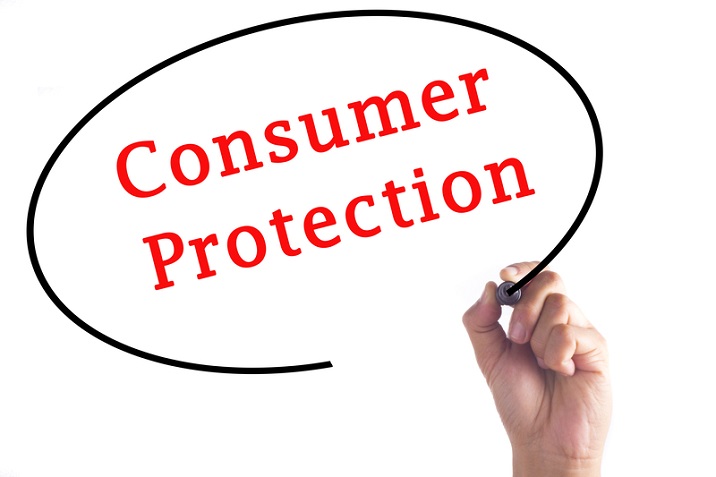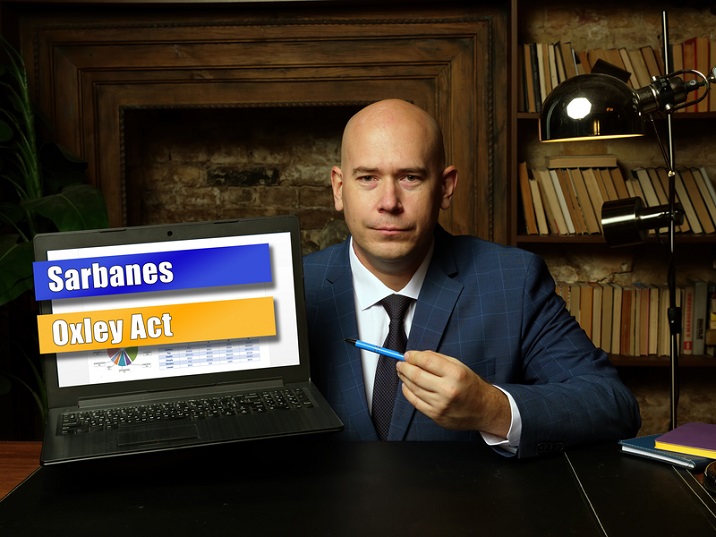
- Business Ethics Tutorial
- Business Ethics - Home
- Business Ethics - Introduction
- Changing Business Landscape
- Business Ethics - Moral Reasoning
- Applications
- Customer Stakeholder
- Ethical Issues in Marketing
- Business Ethics - HRM
- Business Ethics - Finance
- Ethics in Workplace
- Business Ethics - Employees & Morals
- Ethics at the Individual Level
- Work Ethics & Workplace
- Challenges
- Environmental Challenges
- Business Ethics - Cyber Age
- Business Ethics - Workplace Violence
- Business Ethics Useful Resources
- Business Ethics - Quick Guide
- Business Ethics - Useful Resources
- Business Ethics - Discussion
Business Ethics & Customer Stakeholder
Keeping Customers on Top
Employees, customers, shareholders, and suppliers of a firm are the key organizational stakeholders. There are obligations to these subjects that are often considered to be affected by organizational self-interest.
Customers help in holistically establishing the organizational reputation and identification. For example, Procter and Gamble is an ideal market-driven global powerhouse that has billion-dollar brands such as Olay, Tide, Crest, and Folgers etc.
It is important to realize that understanding the needs and offering high-quality products are the major attributes for a company's success.
Customer Loyalty and Business Ethics
Today, the contribution of customers in developing ethical programs and social responsibility standards is not quite clear. In a study, the ethical environment of a firm was found to be positively associated with customer loyalty. However, there are many variants of customer loyalty.
In competitive markets, market orientation and customer focus are the key drivers of organizational performance. Still, intense competition may also create unethical behaviors. For example, it is well documented how Pizza Hut and Papa John's attacked each other in advertising campaigns, declaring that each provided the 'freshest' ingredients. The matter was in the court of law and was resolved by civil litigation.
Ethical Customer Stakeholder Relationships
There is an implied reasoning about good faith and fair dealing. Performance cannot just be a matter of the firm's own discretion. This is not an ethical requirement but it has also been legally enforced in many states. Good faith and fair dealing may enforce a contract or a transaction according to the parties' expectations.
Therefore, ethically questionable practices can be treated with civil litigation. Ethically inappropriate judgments have a base for legal resolution. As an instance, Wal-Mart had roughly twelve lawsuits per day or one every couple of hours. Wal-Mart is the most sued public organization. The lawsuits stem from Wal-Mart’s customer interactions and their perceptions about the organization.
Consumer Protection and Legal Aspects
Ethical responsibilities have a strong base of legal protection. At the federal level, the Federal Trade Commission (FTC) makes sure that consumer protection laws are enforced. Within FTC, the Bureau of Consumer Protection protects consumers from unfair, deceptive, and fraudulent business practices.

At the state level, there are consumer protection statutes and deceptive trade practices laws. Consumer protection issues include product liability that refers to a business' legal responsibility for the product performance.
False or misleading communication can destroy stakeholders' trust in an organization and may be considered fraudulent. Ethical advertising is increasingly becoming a key issue in organizational communications. Exaggerated claims and concealed facts may be a part of advertising communications. These abuses range from the unethical to the illegal.
The Sarbanes–Oxley Act
The 2002 Sarbanes-Oxley Act and the United States sentencing commission guidelines provide strong directives to encourage ethical leadership. If ethical leadership fails, especially in corporate governance, there are significant penal ties.

Under the Sarbanes-Oxley Act, boards of directors need to provide oversight for all types of auditing. They are responsible for developing ethical behaviors. Moreover, court decisions of the Federal Sentencing Guidelines for Organizations make the board members responsible for the ethical and legal compliance programs of the firms they control.
Misidentification
It has been found by research that consumers may identify with organizations and may see the overlap between firms’ attributes and their own individual attributes. The concept is important because consumers may seek organizational images that are in harmony with their self-identity.
Organizational misidentification may take place if individuals perceive a conflict between their own attributes and the attributes of the organization. For example, Enron, WorldCom, Parmalat, and HealthSouth were involved in unethical practices and assumed misidentification from customers.
Ethical Considerations
Wal-Mart has experienced ethical and legal allegations concerning employment issues. Wal-Mart workers usually get a lower pay and fewer benefits than other retail stores workers. Wal-Mart work force is over 1.4 million; hence its policies are blamed for low retail wages across America. However, the company’s philosophy helps save customers possibly more than $100 billion per year.
What a company can do for success and what the company should do for success are two different aspects. In Wal-Mart’s case, the customers seem to have more power, or they are the preferred stakeholders. Wal-Mart's suppliers are not 'preferred,' many communities boycott Wal-Mart, and employee treatment is scrutinized.
Establishing a Balanced Stakeholder Orientation
There are potential conflicts between customer stakeholders and other stakeholders, including the communities for natural environment or economic development. Some customers engage in self-centered approach while some other customer groups prefer organized communication and actions.
For example, Nike has been boycotted by consumer groups concerning child labor practices. In general, however, these groups are not organized or have a uniform voice. Therefore, a danger that some more powerful stakeholders may influence ethical decisions in a manner not in the overall best interests of consumers is imminent.
The Business Stakeholder Relationships
Organizational ethics programs have become popular for ethical relationships with all stakeholders. Organizations often create an ethical or an unethical corporate culture depending on their leadership and the commitment to the values of stakeholder relationships.
Strategic approach to improve organizational ethics depends on establishing, communicating, and monitoring ethical values and legal requirements of organizational history, culture, and environment.
Key customer issues today include privacy, identity theft, disclosure of product information, etc. Forming an ethical climate that looks for the needs of customers must be based on a foundation of ethical values that make concrete connections between the standards and the actions of organizations.
To Continue Learning Please Login